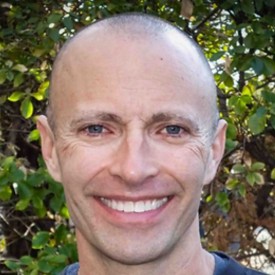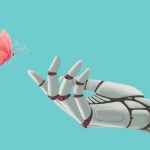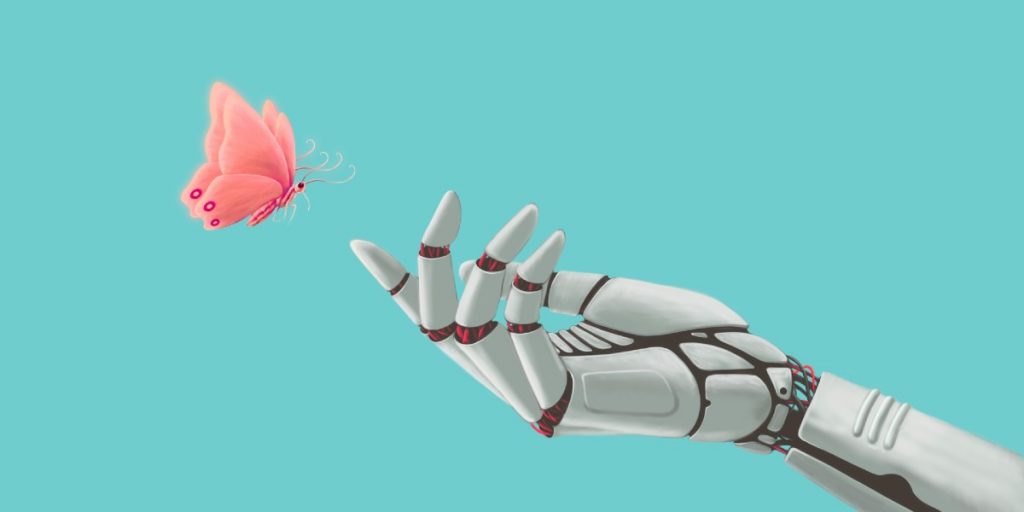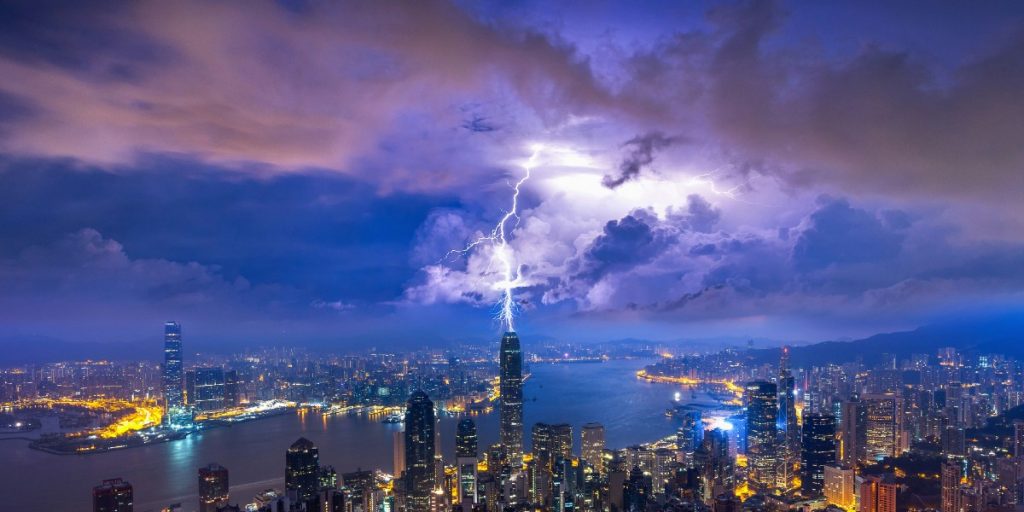Steve Hendricks is a freelance writer who has been writing about fasting for the last 10 years. His work has appeared in numerous publications, including Harper’s, Outside, Slate, and the Washington Post.
Below, Steve shares 5 key insights from his new book, The Oldest Cure in the World: Adventures in the Art and Science of Fasting. Listen to the audio version—read by Steve himself—in the Next Big Idea App.
1. When we fast, our bodies heal.
Humans have fasted for the whole of our existence, but only in the last two centuries did a vanguard of doctors and scientists finally begin to unlock fasting’s secrets and demonstrate fasting’s power to make us healthier. Unfortunately, the evidence they offered was flatly rejected by medical and scientific establishments—until now. Today, a mass of evidence has proven that fasting can be preventative of diseases or reverse an astonishing range of afflictions we already suffer.
Our bodies are marvelous self-healing machines. Every hour of every day, they repair and replace cellular parts gone wrong—patching up damaged or miscopied DNA, or recycling worn-out organelles—which, if not taken care of, might turn into disease. The trouble is, these repairs occur at a very low rate because the body is busy doing all the other things that make up our lives, including the immense tasks of digesting meals, processing the nutrients, and putting nutrients to work in cells all over the body.
When we stop eating for long enough, the body takes advantage of the break from all that heavy work, and our cells use the downtime to supercharge their repairs. These profound repairs protect us from disease and might help us live longer.
2. We fast every night. Making that fast longer makes us healthier.
Our bodies make most of their daily repairs after we’ve stopped eating. But it’s a lot of work for the body to switch from its daytime mode of digesting to its nighttime mode of repairing. The body doesn’t start on repairs in earnest until it’s absolutely sure we’re done eating. About six hours after our last calories, the repairs start, and they slowly ratchet up, hour by hour, until they reach a kind of repair overdrive after another six hours—so 12 hours after our last calories.
Unfortunately, studies show that most of us are eating or drinking something caloric across 14 or 15 hours a day, which means we’re fasting just 9 or 10 hours a night. Since the repairs don’t start until six hours into our fast, most of us get only three or four hours a night of repairs and never reach the repair overdrive at 12 hours. We can change that if we eat, for example, in an eight-hour window and fast the other 16 hours, because then we’ll get 10 hours of substantial repairs, four of those hours in overdrive.
“Just four days of changing not what they ate but when they ate improved this longevity marker by nearly a quarter.”
The benefits of eating in a narrowed window are impressive. In one trial, after a mere four days of eating in a six-hour window, volunteers saw a 22 percent leap in autophagy, which is the vital recycling of damaged and worn-out cellular parts. Think of that: just four days of changing not what they ate but when they ate improved this longevity marker by nearly a quarter.
The science of time-restricted eating is still evolving, but the best data suggests that health improves with an eating window of 12 hours, and the benefits grow with each hour we shave off that 12, down to about six hours.
3. Eat breakfast like a king, lunch like a prince, and dinner like a pauper.
A lot of people who narrow their eating window do so by skipping breakfast and eating from, say, noon to 6 p.m. That was the way I used to do it. But new science shows it’s far healthier to eat in an earlier window, one that opens about an hour or two after you wake up and closes six hours later. That 22 percent boost in cellular recycling came from eating in a window that ran from roughly 8 a.m. to 2 p.m. Windows that start later haven’t produced health benefits nearly as impressive.
Eating more food earlier is healthier because our circadian rhythms have hardwired us to digest and process nutrients most efficiently in the morning and early afternoon. The later in the evening, the worse we do with nutrients. To take just one aspect of this metabolic slowdown, each afternoon our bodies start shutting down the production of the hormone insulin, whose job it is to move glucose (the sugar from our meals) out of our arteries and into cells that use sugar as fuel. When we eat in the late afternoon or at night, there’s less insulin in our bloodstream, so the glucose lingers longer in our arteries, where it dings up arterial walls. Over time, the arteries can harden, putting us at risk of heart attacks, strokes, dementia, and other calamities. To make matters worse, eating late interrupts the overnight repairs that might fix that damage. The penalties for eating late may take years to emerge, but when they do, they can be gruesome.
This circadian rhythm of nutrient processing is so potent that you can feed prediabetics the same meal at 7 a.m. and again at 7 p.m., and their blood sugar will hardly rise after the morning meal, but after the evening meal, the sugar lingers so long that they may test fully diabetic. Similarly, many healthy people will test prediabetic after a late meal. Evidently, we weren’t made to process nutrients at night.
This point was made brutally clear in a study of 15,000 attempted suicides in Sri Lanka, where the preferred method was pesticide. The study found that those who poisoned themselves in the evening died half as often as those who poisoned themselves in the morning. In the morning, the victims’ digestive tracts quickly absorbed the pesticide and shuttled it efficiently throughout their bodies, so by the time they were found they were usually beyond saving. In evening suicide attempts, the poison moved slowly through their bodies, and the victims could often be saved.
“Eating more food earlier is healthier because our circadian rhythms have hardwired us to digest and process nutrients most efficiently in the morning and early afternoon.”
I had long been a breakfast skipper and a lover of late dinners, and I hated the idea of eating in an early window. But when I reluctantly ate between 8:30 a.m. and 2:30 p.m. each day, I found that after just a couple of days, my body adapted to the switch as if it had been waiting for me to do it all these years. I had more energy, food cravings diminished, and it proved to be one of the easiest big changes I’ve ever made. After doing it for a couple of years now, you couldn’t pay me to go back to the way I ate before.
Not all of us can or want to eat in an early window, but there may be a compromise. Scientists think that stacking most of your calories at breakfast and lunch and eating a light dinner will probably give the benefits of eating in a narrower, early window.
4. Prolonged fasting can reverse devastating illnesses.
Long fasts can reverse such an unbelievably wide range of diseases that, until recently, people who spoke of these reversals were written off as fools or quacks. Yet we now have two centuries of credible reports from fasting doctors in America and Europe, with growing corroboration from peer-reviewed research, that strongly suggest fasting for days or weeks can partially or completely reverse diseases like arthritis, gout, asthma, and bronchitis, allergies, migraine, schizophrenia, psoriasis, eczema, enlarged prostate, impotence, fibromyalgia. non-alcoholic fatty liver disease, autoimmune diseases like rheumatoid arthritis and ulcerative colitis, and dozens of other illnesses.
Prolonged fasting can reverse such a variety of diseases because the intense repairs that fasting triggers take place in almost every kind of cell in virtually every part of the body. The healing is systemic, not limited to one organ or type of cell.
Type 2 diabetes, for example, afflicts 10 percent of Americans and many doctors still say it can’t be cured. In fact, a French-Italian doctor first cured diabetes through fasting a century ago and reported his discovery at scientific conferences, only to have it brushed aside when insulin was developed. More recently, America’s oldest and largest fasting clinic, the TrueNorth Health Center in California, has estimated that approximately 80 percent of the type 2 diabetics who have fasted under their care over the last four decades have achieved remission.
Fasting is also tremendously successful at reversing high blood pressure, a leading manifestation of cardiovascular disease and our number-one killer. Virtually everyone with high blood pressure who undertakes a prolonged fast enjoys a hefty drop in their pressure. In fact, the largest therapeutic drop ever reported in peer-reviewed literature came not from a pill or procedure but from roughly ten days of medically supervised fasting. In that study, which was published two decades ago, the average drop in blood pressure was an astounding 37/13 mm Hg, and the sickest patients—the ones with stage III hypertension—got the biggest drop, a whopping 60-point decline in their systolic pressure, the top number in a blood pressure reading.
“Prolonged fasting can reverse such a variety of diseases because the intense repairs that fasting triggers take place in almost every kind of cell in virtually every part of the body.”
Unfortunately, the American Heart Association still says “high blood pressure cannot be cured” and tells the 50 percent of American adults who have the disease to talk to their doctors about drugs, which have to be taken for life and sometimes have harsh side effects. I look forward to the day when the Heart Association suggests we ask doctors about fasting.
5. Fasting can fight cancer and ease chemotherapy.
Prolonged fasting can slow the growth of many cancers, partly because fasting starves them of their preferred fuel, glucose, and partly because fasting tamps down the growth factors that cancer hijacks to divide and spread. Peer-reviewed case studies have reported that fasting has completely eliminated one cancer, follicular lymphoma, which attacks the lymphatic system and till now has been deemed incurable.
Fasting hasn’t been shown to eliminate other cancers in humans, because cancer is pretty good at finding ways around the hurdles that fasting puts up. Even so, some of the most exciting research today uses those hurdles to make chemotherapy and radiation more potent against cancer and less horrific to the patient. Scientists have learned that when cancer patients fast for a few days, their healthy cells go into protect-and-repair mode, hunkering down and licking their wounds. So, when cancer patients fast and then get chemo or radiation, their healthy cells do a better job at repelling the devastating treatments and aren’t as badly hurt. They also do a better job at quickly fixing whatever damage they do suffer. The result for chemo and radiation patients is far less nausea, vomiting, diarrhea, fewer headaches, and less fatigue.
Meanwhile, during the fast, their cancer cells pay no attention to the absence of food and keep gobbling up any and all inputs, including chemo and radiation. Because the fast may have weakened the cancer, the chemo and radiation may kill more of the cancer cells. With the healthy cells better protected and the cancer cells more vulnerable, doctors should be able to give higher doses of chemo or radiation to kill even more cancer without killing the patient. That is what happens in mice, and promising trials are underway to see if the same holds true for humans.
The future for the science and practice of fasting has never been more radiant.
To listen to the audio version read by author Steve Hendricks, download the Next Big Idea App today:
































